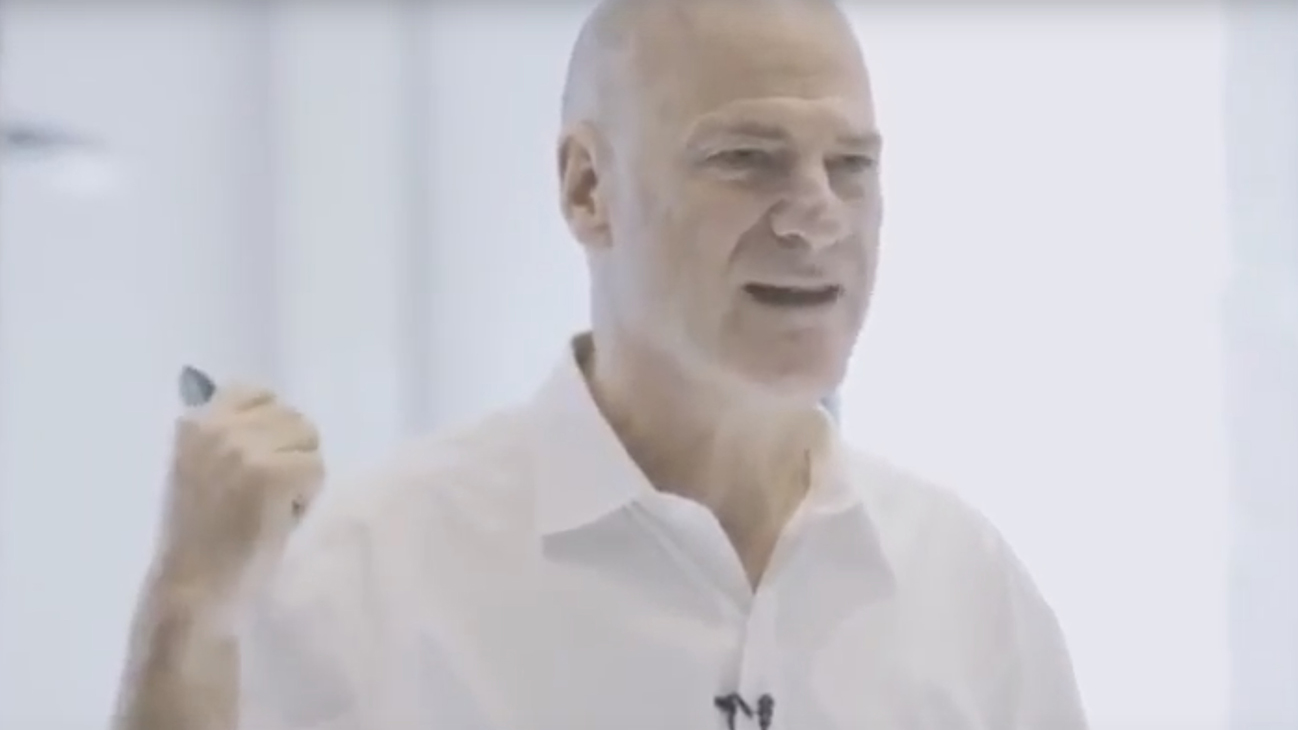Mike Mccracken Climate Institute

Speakers: • Mike McCracken (Climate Institute) - Motivations for considering geoengineering (including 'climate emergencies'), overview of key physical processes and geoengineering • Alan Robock (Rutgers University) - Stratospheric aerosols, their effects on radiative forcing, analogues (volcanoes) & risks • Graham Feingold (NOAA) - Cloud‐aerosol microphysics, effects of marine and high clouds on albedo & climate, analogoues (ship tracks), and risks • Thomas H. Painter (JPL) - Surface cover effects on albedo & climate, analogues (dust on snow), and risks • Phil Rasch (Pacific Northwest National Laboratory) - Modeling Climate Physics: challenges & climate sensivity studies Short Course: Climate Physics and Geoengineering Mike McCracken, Climate Institute The Potential for Climate (Geo-) Engineering to Help to Limit Global Warming to 2 Degrees Celsius Over Pre-Industrial Alan Robock, Rutgers University Volcanic Aerosols as an Analog for Geoengineering Graham Feingold, NOAA Aerosol-Cloud-Precipitation Interactions in Warm Clouds Thomas H. Painter, JPL Influences of Dust and Black Carbon on Melt of Snow and Ice: Mitigation and Geoengineering Phil Rasch, Pacific Northwest National Laboratory Modeling climate physics: challenges & climate sensivity studies.
Mike MacCracken attended my George C. Marshall Institute seminar titled on May 14 2009. First I want to thank the Institute again for graciously inviting me to present a lecture, and for encouraging the open participation by climate scientists and others of all viewpoints. I also want to thank Mike for attending and for the time he took to complete his weblog. While he and I disagree on a number of substantive issues, he is willing to engage in constructive discussions, unlike quite a few others who are involved in the IPCC and CCSP process. Mike has posted a summary of my talk titled While, he correctly summarized much of the talk, his summary does need clarification and correction in places. Below, I will comment on these issues in which we disagree.
Mike’s comment: “Pielke noted that the term “climate change” was not the right term to be using because climate was always changing. True, but by how much and how rapidly really matters. The recent pace of change is very unusual, given the present set of surface conditions (i.e., we do not have continental ice sheets melting around the Northern Hemisphere).” The climate system has had much larger natural excursions in the recent past. We provide examples in Rial, J., R.A. Pielke Sr., M. De Noblet-Ducoudre, R. Reynolds, and J.D.
Salas, 2004:. Climatic Change, 65, 11-38 and Pielke Sr., R.A., 2008: Colorado Climate Foundation for Water Education, pp. We also need to make sure we do not use the term “climate change” when we are referring to “global warming or cooling”. Climate variability and change cover a much wider set of influences on society and the environment (e.g.
Mike’s comment: “He then made the point that CO2 is not like a traditional pollutant in that CO2 is and has always been a part of the climate system. He later said that it should not therefore be regulated like a traditional pollutant—suggesting that it would seem that with EPA treating it as a pollutant needing to be regulated, in the future EPA could regulate water vapor and land cover. On these points Pielke is being quite sloppy—methane, non-methane hydrocarbons, carbon monoxide, nitrogen oxides, and ozone are all present naturally and are being regulated as pollutants.” Mike is the one who is not accurate here. Human caused emissions of “,,, and “ can result in atmospheric concentrations, that humans are exposed to, that have direct health effects, while CO2 at current, or even doubled or tripled atmospheric concentrations, does not. Harley Flathead Serial Numbers.
Michael MacCracken has been Chief Scientist for Climate Change Programs with the Climate Institute in Washington D.C. Since 2002, and was elected to its Board of Directors in 2006. The Climate Institute is an international leader in moving nations, regions, and people to address climate change in a collaborative manner and protect the balance between climate and life on earth. In “The Real Truth about Greenhouse Gases and Climate. The Real Truth About Greenhouse Gases and Climate Change. MacCracken bio at Climate Institute.
Mike’s comment: “The focus solely on CO2 is mainly in the media and so in the public discussion—mainly to keep the matter focused and not to make things overwhelmingly complex. In addition, for the long-term (over centuries to millennia), CO2 is the major factor contributing to climate change (as indicated by the recent paper in Proceedings of the National Aacdemy of Sciences by Susan Solomon).” The claim that CO2 is dominant over centuries to millennia is oversimplistic. Landscape and aerosol emissions (e.g. Dust, fires) also have long term changes. Mike agrees the climate system involves these forcings, so he should be more vocal about letting the policymakers know this. Moreover, with respect to policy actions, we are focusing on the coming decades, where all of the climate forcings that we identified in the 2005 NRC report are occurring; see National Research Council, 2005: Committee on Radiative Forcing Effects on Climate Change, Climate Research Committee, Board on Atmospheric Sciences and Climate, Division on Earth and Life Studies, The National Academies Press, Washington, D.C., 208 pp. Policymakers need to be correctly informed of the diversity of human climate forcings that are altering local, regional and global climate.